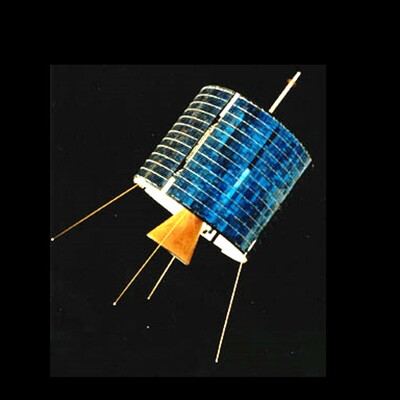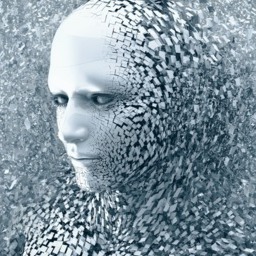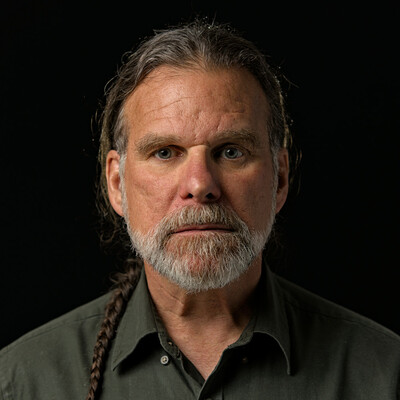The aging power-challenged Voyager 1 spacecraft suffered another glitch 2 weeks ago – it stopped calling home on its regular channel. Here is the sequence of events that transpired -
Oct 16 – Command sent to turn on a heater
Oct 18 – X-band signal lost; team surmised that the power-overload triggered the fault protection system and Voyager switched to a low-rate low-power X-band mode
Oct 18 – DSN looked for lower-rate X-band signal and found it
(contd)
https://blogs.nasa.gov/voyager/2024/10/28/after-pause-nasas-voyager-1-communicating-with-mission-team/
#Voyager
1/n
Voyager 1 sequence of events contd -
Oct 19 – Signal lost again; team suspected that Voyager fault protection system was triggered twice more and may have switched to a lower power S-band mode, not used since 1981
Oct 19 – 3 antennas at DSN Canberra in array mode detected the faint S-band signal
Oct 22 – Signal sent to validate S-band transmission
Now analyzing data to diagnose and fix the problem and return to X-band mode.2/n
NASA Deep Space Network (DSN) 70m antenna 63 in Madrid is currently receiving the S-band signal from Voyager 1.
Let’s take a moment to marvel at the design of the Voyager spacecraft software - written in assembly language for a custom 1970s CPU, in less than 70 KB of RAM, able to react to failures and keep comms. up.
Possibly, NASA may have to turn off one more instrument on Voyager 1. Over the 47 years since launch, Voyager instruments have gradually been shut off as power levels have declined by over 50%.
But the Voyagers continue to boldly go where no spacecraft has gone before.
4/n@[email protected] I would love to have the imaging system turned back on for a last big picture shot.
Which proves yet again the miracle of unmanned spacecraft.
I’d really like to see billionaires, duplicate the same thing by shoving themselves into a tin can.
@[email protected] Even calling out a “CPU” feels like a bit of stretch; the formal name is “CCS”, and it’s flight heritage from the Viking landers (but not the Viking orbiters, which were modified Mariner 9s). The CCS has 70 kb memory, which was cutting pretty close even back then, but they couldn’t afford a new computer and had to use the Viking design.
@elaterite @simonbp
Looks like the Voyager CCS computer had just 4k 18-bit words of plated-wire memory.Instructions consisted of a 6 bit op code and 12 bit address. This permitted 64 instructions and 4K of direct addressing.
Average instruction cycle time was 88 us (11.4 KIPS).
13 registers incl an 18-bit accumulator, 12-bit program counter, 12-bit link register that pointed to the next address to be read, and a 4-bit condition code register.https://ntrs.nasa.gov/api/citations/19880069935/downloads/19880069935_Optimized.pdf
@[email protected] The Voyager mission was and is amazing! I just looked at DSN Now. Canberra is receiving Voyager 2 signal. The power received is -160 dBm (1.0 x 10^-22 kW)! Goldstone is on Voyager 1 but there’s no transmission either up or down. It says round trip light time to Voyager 1 is 1.91 days and to Voyager 2 it’s 1.60 days.
@[email protected] my money is it coming up against a Klingon bird of prey. Poor pioneer 10 bit the bullet that way. 🤪🥴
@[email protected]
All hail the Voyager team! Damn, those folks are good.






